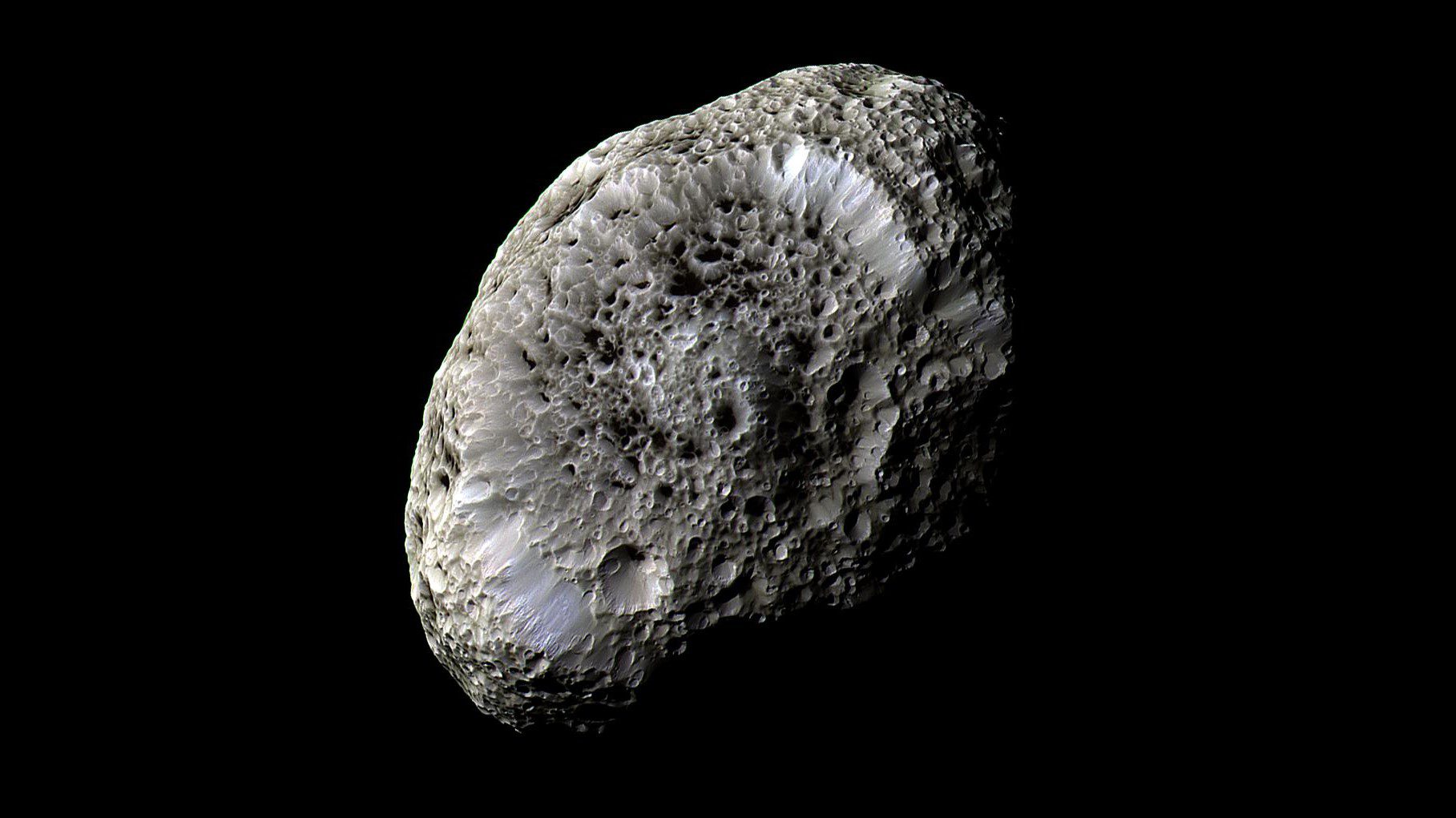Our solar system is home to many fascinating moons, each with its unique set of features and scientific mysteries waiting to be uncovered by exploration. From Titan, the largest moon of Saturn, with its thick atmosphere and methane lakes, to Ganymede, the largest moon in our solar system with its own magnetic field, to Charon, Pluto’s largest moon with an unusual orbit, these moons offer an incredible variety of sights and scientific questions for researchers to study. Understanding these moons will help us better understand the history and formation of our solar system, and may even provide clues about the potential for life beyond Earth.
10 Fascinating Moons in Our Solar System
The universe is a vast and intriguing place filled with fascinating worlds and natural marvels. One of the most interesting aspects of our galaxy is the many moons that orbit the planets in our solar system. These satellites come in all shapes and sizes, and each one has a unique story to tell. In this article, we will take a closer look at ten of the most fascinating moons in our solar system.
1. Titan
Titan is the largest of Saturn’s many moons, and it is also one of the most mysterious. This moon is shrouded in a dense atmosphere that creates a thick haze, making it difficult to see its surface. However, scientists have managed to gather some information about the moon using special instruments and spacecraft. Titan’s atmosphere is mostly composed of nitrogen with trace amounts of methane, and there are lakes and rivers of liquid methane on its surface. Some scientists believe that Titan’s harsh environment may be similar to what Earth was like in its early stages, which makes it an intriguing target for further study.
2. Enceladus
Enceladus is a small but fascinating moon that orbits Saturn. This icy world is notable for its geysers, which shoot jets of water vapor and other materials into space. These geysers are thought to be evidence of a subsurface ocean beneath the moon’s icy surface. Scientists are eager to study this ocean as it could contain the necessary conditions for life as we know it to exist.
3. Io
Io is the innermost of Jupiter’s four largest moons, and it is also one of the most geologically active bodies in the solar system. This moon is covered in active volcanoes that spew out sulfur dioxide, producing a colorful atmosphere. Io’s intense volcanic activity is driven by the gravitational pull of Jupiter, which causes tidal forces that heat up the moon’s interior.
4. Europa
Europa is another of Jupiter’s moons that is known for its potential to harbor life. Like Enceladus, Europa is thought to have a subsurface ocean beneath its icy crust. Scientists are particularly interested in Europa as its ocean appears to be far more extensive than Enceladus’s, which means that there could be even more potential for life to exist on this moon.
5. Callisto
Callisto is the fourth and final of Jupiter’s large Galilean moons. Unlike the other three, Callisto has a heavily cratered surface and is thought to be one of the oldest objects in the solar system. Scientists believe that Callisto’s lack of geological activity has allowed it to retain many features from the early solar system, which makes it a valuable source of information about the formation of our solar system.
6. Phobos
Phobos is one of two small moons that orbit Mars, and it is notable for its irregular shape. This moon is covered in craters and has a heavily pocked surface that hints at its violent past. Scientists believe that Phobos was likely formed from debris left over after a massive asteroid impact on Mars.
7. Deimos
Deimos is the other small moon that orbits Mars, and it is even smaller than Phobos. This moon is also heavily cratered, and it orbits Mars at a much greater distance than Phobos. Scientists believe that Deimos was also likely formed from the debris of a massive asteroid impact, but more research is needed to confirm this.
8. Ganymede
Ganymede is the largest moon in our solar system, and it orbits Jupiter. This icy world has a complex geological history, and it is thought to have a subsurface ocean, much like Europa and Enceladus. Scientists are particularly interested in Ganymede as it is the only moon in our solar system known to have its own magnetic field, which could provide clues about its internal structure.
9. Triton
Triton is Neptune’s largest moon, and it is notable for its extremely cold temperatures. This icy world is also geologically active, and it has an atmosphere composed mostly of nitrogen with trace amounts of methane. Scientists are interested in studying Triton further as it could provide insights into the formation and evolution of our solar system.
10. Charon
Charon is Pluto’s largest moon, and it is notable for its unusual orbit. Unlike other moons in our solar system, Charon and Pluto actually orbit around a point that is located outside both objects. This binary system is an intriguing target for study, as it could provide insights into how these celestial bodies formed.
Conclusion
The many moons in our solar system are a testament to the incredible diversity and complexity of our universe. From the icy worlds of Enceladus and Europa to the volcanoes of Io, each moon has a story to tell and secrets to reveal. As we continue to explore our solar system and beyond, these fascinating worlds will undoubtedly provide invaluable insights into the history of our universe and the potential for life beyond Earth.
